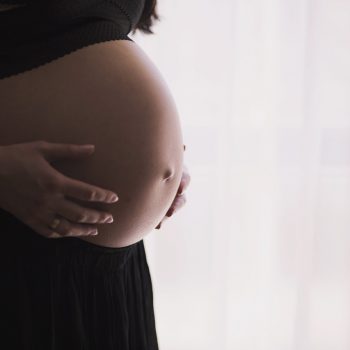Predicting the breech baby
A baby is ‘breech’ when they have not turned to a ‘head down’ position for birth. When breech babies are spotted in the final stages of pregnancy, clinicians will attempt to turn the baby safely ready for a vaginal birth. Babies remaining in the breech position are usually delivered by caesarean to avoid the risks of breech delivery. However, not all breech babies are discovered before delivery under standard care.
Researchers wanted to investigate whether providing an extra scan late in pregnancy will help identify babies who are in a breech position earlier and reduce the risk of complications before labour or the number of emergency caesareans. Nearly 4,000 pregnant women were invited to have an extra ultrasound at 36 weeks. Almost 5 per cent of babies were found to be breech and in about half of these cases the baby had been thought to be in a head first position. Identifying these previously undiagnosed cases enabled clinicians to intervene or plan for a caesarean section. On day of delivery, there were no undiagnosed breech deliveries by women participating in the study. Women whose scans showed their baby was breech had their baby turned or delivered by planned caesarean.
Researchers used the Cambridge data to estimate what might happen if such a scan was introduced nationally. They showed that it could prevent ~4000 emergency caesareans each year in the UK and prevent 5-10 baby deaths. The findings led to questions in Parliament and the research team is working with the NHS makers policy to construct the case that late pregnancy ultrasound is part of normal care for pregnant women.



